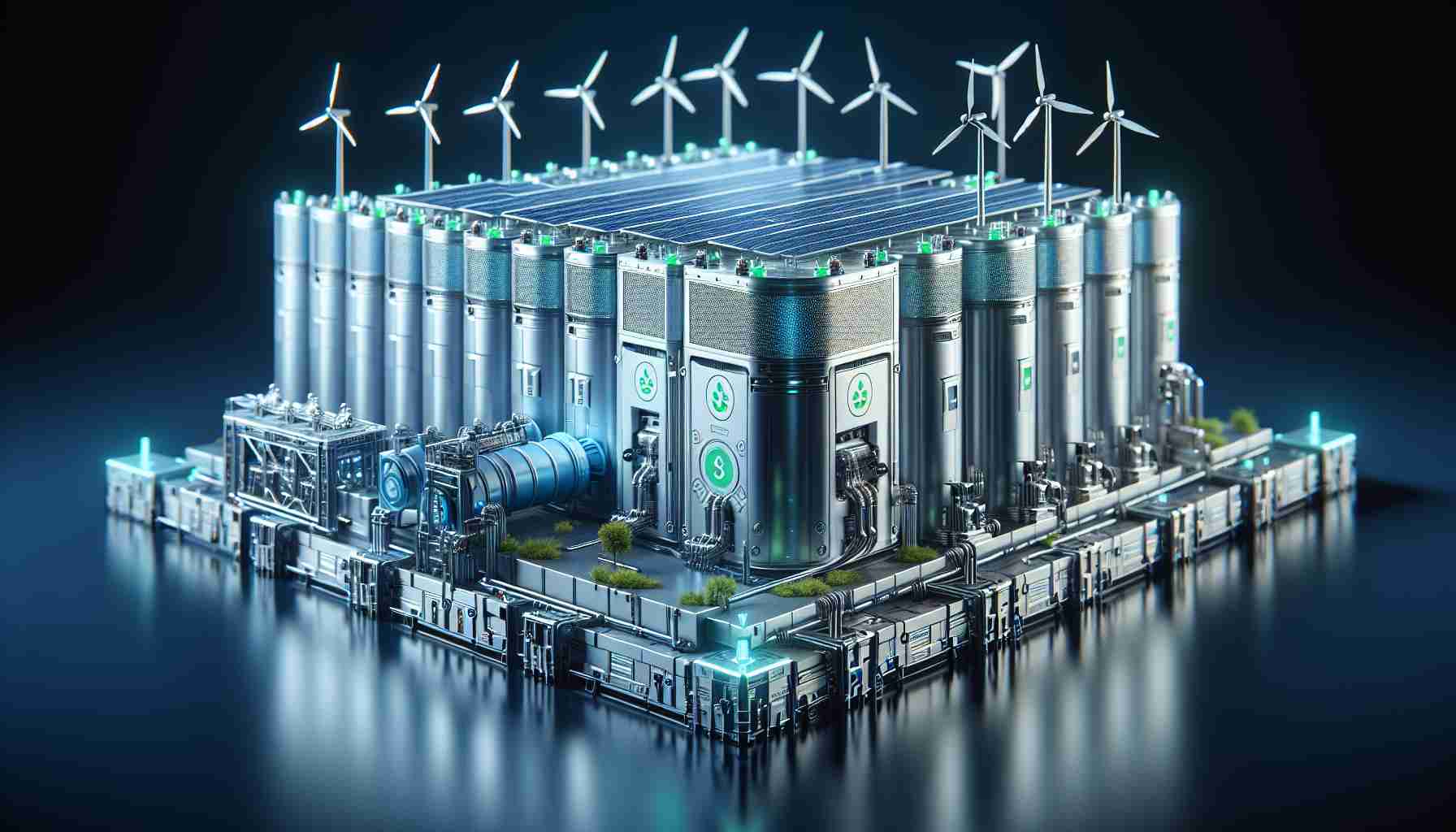Huawei’s Breakthrough in Renewable Energy
Huawei, a global technology giant, has made a bold move in the renewable energy sector by launching an integrated smart solar-wind-storage generator solution on June 12, 2024. At the core of this innovation lies the ambition to overcome existing energy management challenges. The technology is designed to optimize grid connections and enhance the efficiency and safety of power consumption and operations.
The First Intelligent Grid-Based Storage System
The foundation of Huawei’s new offering is the world’s premier grid-based energy storage system crafted around a cloud architecture tailored for solar storage use. This system is pivotal in producing solar energy while concurrently supporting the grid infrastructure.
Revolutionary Reconstructive Technologies
Central to the smart generator solution are three reconstructive technologies: voltage, power angle, and frequency. Their integration assures not only the generation of power but also the stability of control and efficiency in the transmission of energy.
String-Type Grid Connection and Assured Savings
Additionally, Huawei unveils the world’s initial string-type grid-connected energy storage platform, marking a significant stride towards navigating the complexities of new energy implementation and emphasizing lifecycle cost-effectiveness, comprehensive digitalization, enhanced security architecture, and superior networking. This solution is geared to perform robustly in various network contexts, delivering a remarkable 40% more renewable energy compared to previous models.
Huawei has meticulously engineered its new storage platform, estimating substantial cost reductions over its lifecycle. Remarkably, it anticipates savings of 150 million yuan for every 100MWh of capacity, translating into a considerable cost-saving of 1.5 yuan per Wh.
Advancing Green Energy and Domestic Efficiency
Furthermore, Huawei introduced additional initiatives such as the green electricity solution 2.0 and household solution 5.0, both instrumental in conserving energy and escalating power efficiency. These innovations reflect Huawei’s ongoing commitment to advancing sustainable energy solutions.
Relevant Facts:
– The transition to renewable energy sources is critically important as governments and organizations worldwide seek to reduce greenhouse gas emissions and combat climate change.
– Energy storage solutions, like the one introduced by Huawei, help in managing the variability and intermittency of renewable energy sources such as solar and wind power.
– Advanced energy storage systems can enhance grid stability and can prevent blackouts by ensuring a stable and continuous power supply when the sun doesn’t shine or the wind doesn’t blow.
– Companies like Tesla, LG Chem, and Siemens also play a significant role in the energy storage market, offering various solutions for residential, commercial, and utility-scale applications.
– China, Huawei’s home country, is one of the world’s largest markets for renewable energy and is investing heavily in renewable energy infrastructure.
Key Questions and Answers:
– What challenges does Huawei’s energy storage solution address?
Huawei’s energy storage solution addresses the challenge of integrating renewable energy into the grid by providing stability and efficiency in energy transmission, handling the variability of power generation, and supporting grid infrastructure during different demand periods.
– How does the cloud architecture benefit the energy storage system?
The cloud architecture allows for better management of data and intelligent control of the storage system, which can lead to improved efficiency and quicker response times to changing energy supply and demand conditions.
Key Challenges or Controversies:
– The production of energy storage systems involves sourcing materials such as lithium and cobalt, which has raised ethical and environmental concerns regarding mining practices and resource scarcity.
– As with any technology company, Huawei faces scrutiny over the security of its products, data privacy, and the potential for its technology to be used for surveillance or other unwanted purposes.
– The integration of renewable energy storage solutions into existing grids can be technically complex and requires substantial investment, both of which can slow adoption rates.
Advantages:
– Huawei’s integrated storage solution can lead to significant improvements in the efficiency of renewable energy systems, reducing waste and maximizing output.
– The anticipated cost savings over the lifecycle of the product make it an attractive investment for energy providers and may help to lower the consumer cost of renewable energy.
Disavantages:
– The advanced technology and software used in such systems can be vulnerable to cyber-attacks, necessitating strong cyber-security measures.
– Initial costs for innovation can be high, potentially limiting accessibility to these technologies for some markets or smaller energy companies.
Related Links:
For more information on Huawei and their various initiatives, you can visit their official main domain:
Huawei Official Site
Please note that due to the dynamic nature of websites and their contents, links to main domains are provided with the assumption that they remain relevant and functional. Always ensure the validity of URLs for the most accurate and updated information.
The source of the article is from the blog oinegro.com.br
